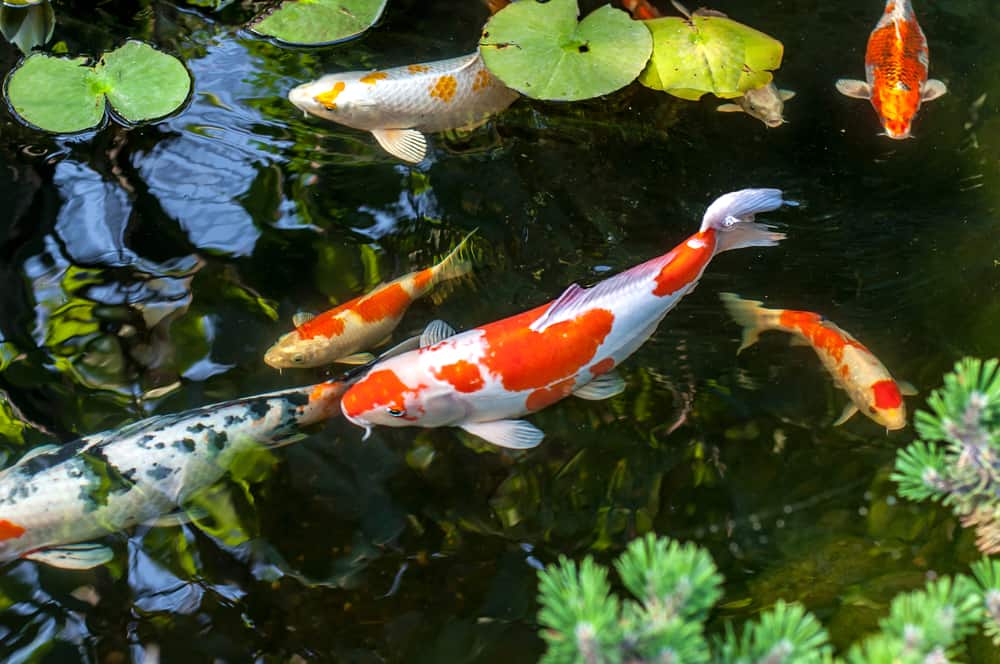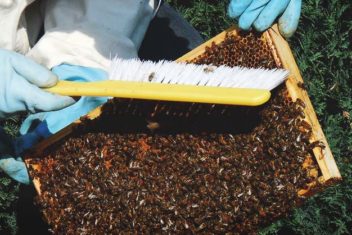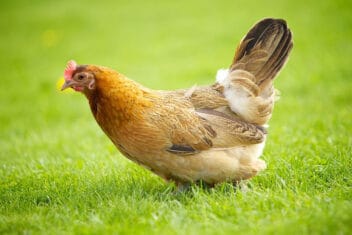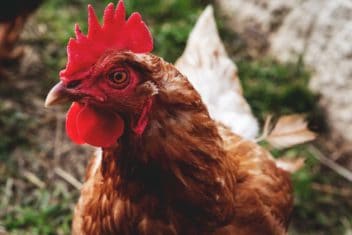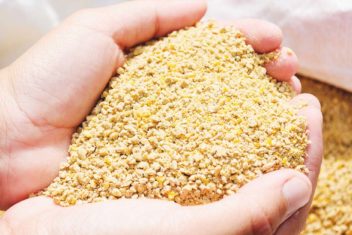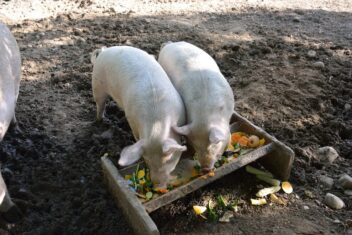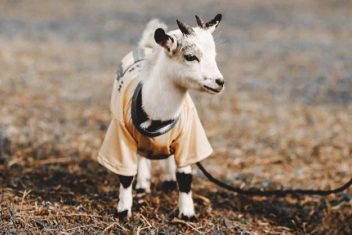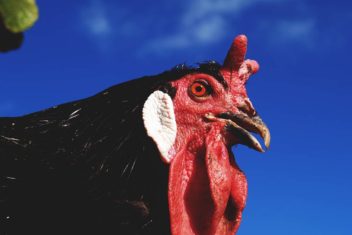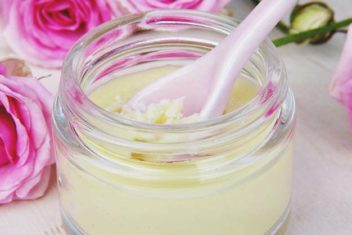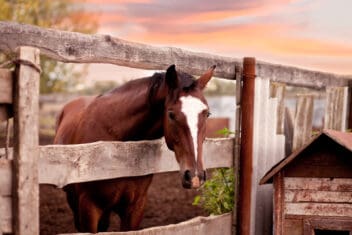When you have a pond, you want to ensure that it’s full of healthy, happy fish. But how do you pick the right species? The choice of fish can be overwhelming. Therefore, depending on your pond size and volume, you must consider what fish is best for your property.
Do you want large fish or small ones? Brightly colored species or something a little less flashy? How many fish can your pond hold?
This article will walk you through the different species of fish and how to care for them in your backyard pond.
Things to Consider
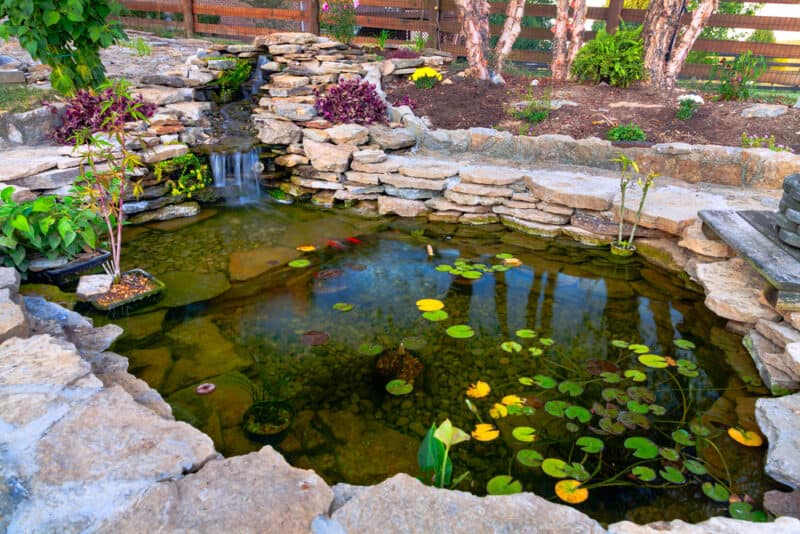
When you’re thinking about which fish to keep in a pond, there are a few things to consider.
Environment
The absolute most important thing to consider is your climate and environment. If you live somewhere that gets too cold for the species of fish you want to raise, you’ll be facing an ugly disaster when the weather turns cold.
Unless you live somewhere that never gets very chilly, stay away from tropical species.
Appearance
Some fish have a natural camouflage that protects them against predators, but it’s not ideal if you want to see your fish well.
Pick fish with an eye-catching color so you can enjoy them as they swim, and so you can more easily check on them to ensure they’re healthy.
Capacity
Another aspect to consider is the space in your pond, as you don’t want to overcrowd a pond with lots of fish and disrupt the natural cycle.
If there are too many fish, the waste in the pond will build up, and you will run into problems.
As a broad rule, you can have one inch of fish per 10 gallons of water.
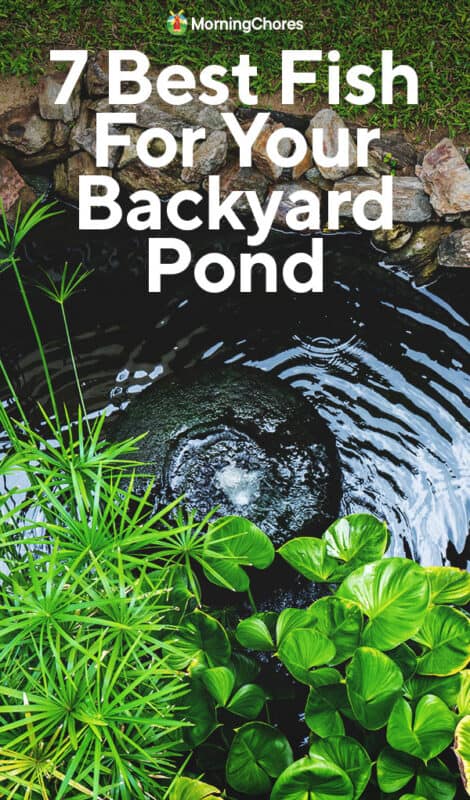
Best Species of Pond Fish
With all that in mind, here are some of the best fish for most ponds.
1. Common Goldfish
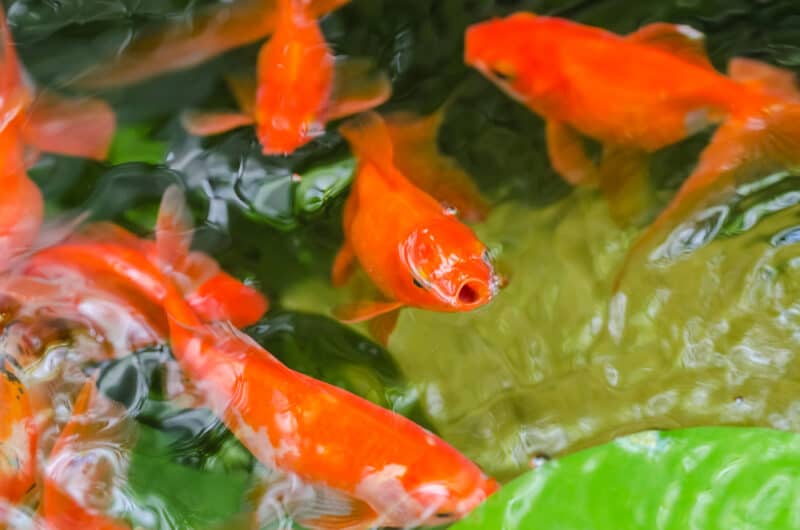
Many people had goldfish (Carassius auratus) as pets in indoor aquariums when they were growing up, but you can also keep these animals in an outside pond. Goldfish have been bred for decades for their beauty and are important in many cultures.
Goldfish can vary in size and color depending on the breeding. For example, some common goldfish only grow a few inches, but others can grow up to one foot. They come in red, orange, yellow, and black.
Another great thing about common goldfish is that they get along well with most other fish, but because they are small, you have to be careful about larger fish like golden orfes, which can eat common goldfish.
You should keep common goldfish at 68-72°F.
2. Koi
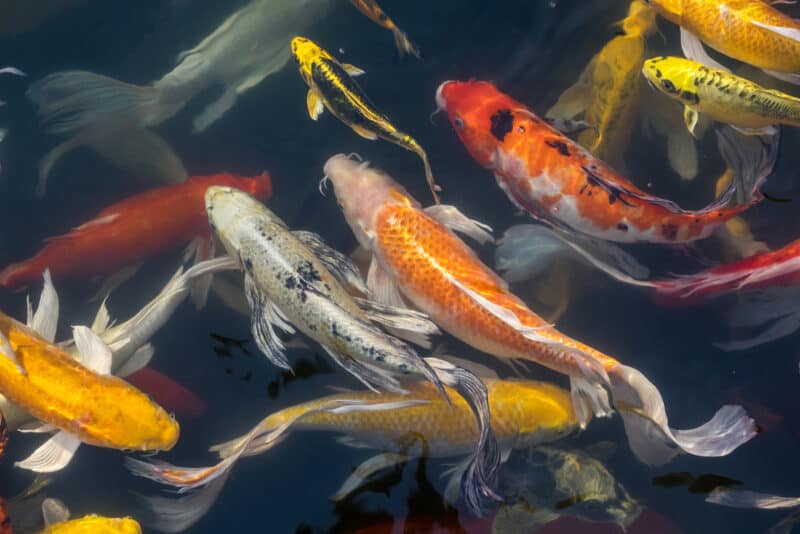
Koi (Cyprinus carpio) have been domesticated for centuries and can be safely raised in fresh pond water. In addition to common goldfish, koi are a popular choice for pond fish as they look fantastic and are easy to keep.
Each fish will develop distinct patterns and colors as they reach maturity, adding to the unique display. These fish are also robust and can handle vast temperature ranges, so you don’t need to worry about sudden temperature drops or rises.
The ideal temperature for koi carp is 59-77°F, which makes them an excellent choice for outdoor ponds. They can briefly survive in temps down to 34°F.
3. Golden Orfe
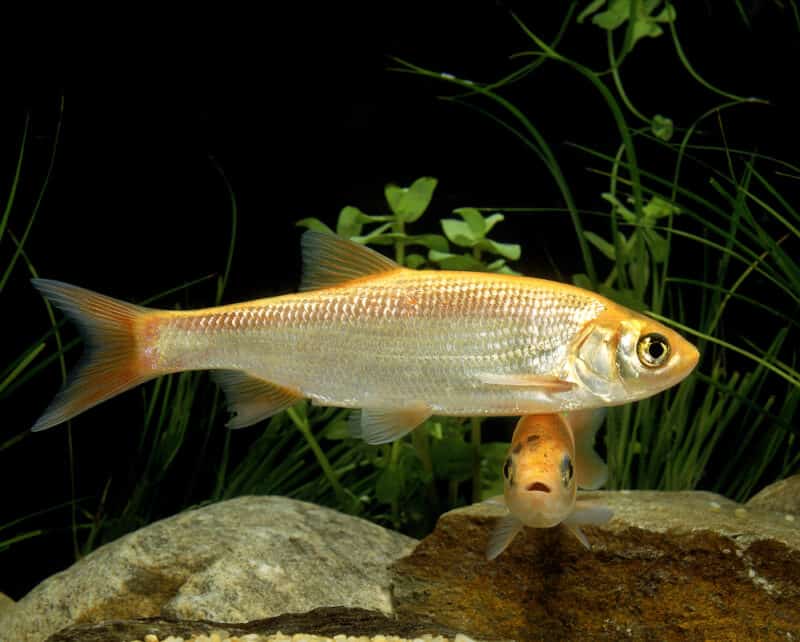
If you’re looking for a striking fish, a golden orfe (Leuciscus idus) is a perfect addition to a pond. Golden orfes can grow three feet long with the correct amount of water and food. These fish aren’t as robust as koi, so you must monitor the water quality more carefully.
That being said, they can tolerate a broad range of temperatures, so you can safely keep them in an outdoor pond. The best temperature is anything between 50-77°F.
These fish are highly active, and they’ve been known to occasionally jump out of a pond. Place a fence or other structure to prevent the fish from escaping the pond, and consider building your pond with steep sides, if possible.
4. Pond Sturgeon

Another large variety of fish is a pond sturgeon (Acipenseridae). They can grow extremely large depending on the species, so you will need a large pond if you want to raise them. Most species shouldn’t be raised in anything smaller than 1,000 gallons.
There are several species of pond sturgeon fish, such as white sturgeon (A. transmontanus), Siberian sturgeon (A. baerii), and Adriatic sturgeon (A. naccarii).
You should keep pond sturgeon fish below 70°F, and ideally, they should live in dark areas. Provide lots of hiding places for them in your pond. It’s also important to give these fish special sturgeon feed for the best possible growth.
5. Mollies and Guppies
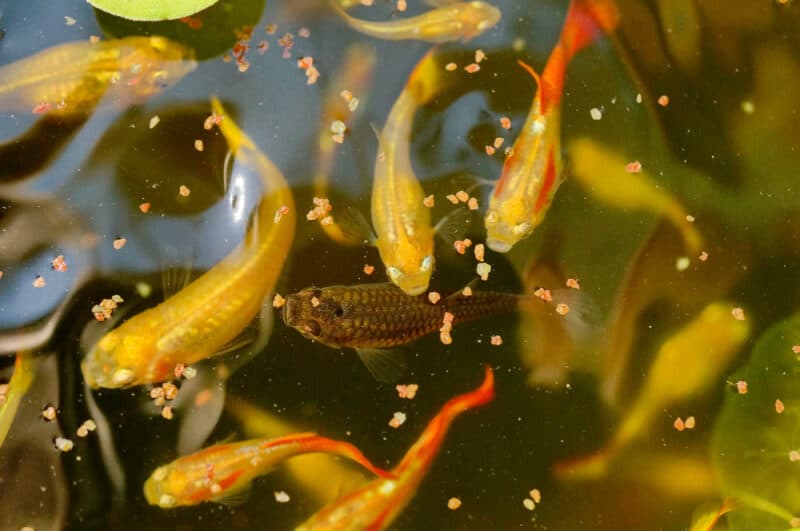
Even though you often see mollies and guppies (Poecilia) in indoor aquariums, they can also be raised in outdoor ponds.
Keep these fish in a pond where the temperature is above 75°F for mollies and above 50°F for guppies. If you experience cold winters, you might have to bring your mollies and guppies indoors.
The good news is that these fish are easy to look after and can breed quickly.
6. Red Shiners
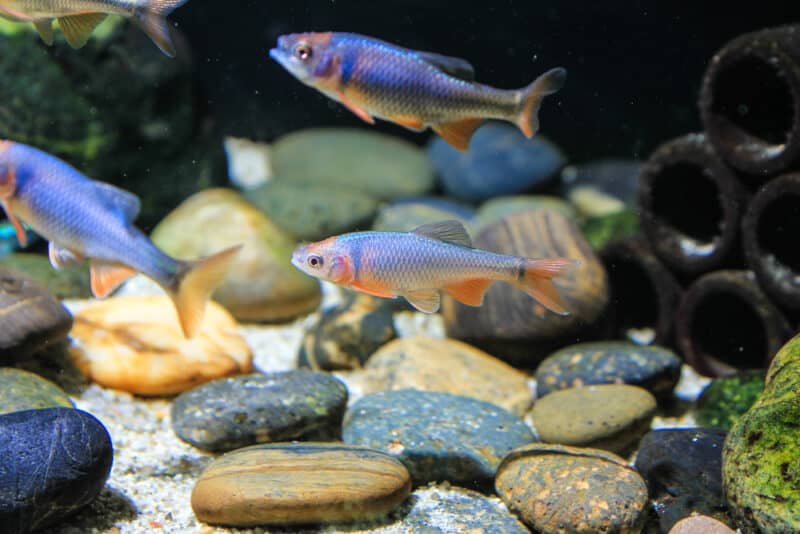
Red shiners (Cyprinella lutrensis) are known for their eye-catching fins that range from bright orange to vibrant blue. These fish are small compared to the other options on this list, but they can make a great addition to your pond collection.
You will want to keep the temperature at 59-77°F when raising red shiners.
Since red shiners are found in mountainous regions, they can withstand extreme temperatures, making them excellent options for colder climates. But, even though the fish can survive cold temperatures, they shouldn’t be made to endure them for long.
Move them indoors if the temperatures start to drop too much for too long.
7. Pumpkinseed Fish
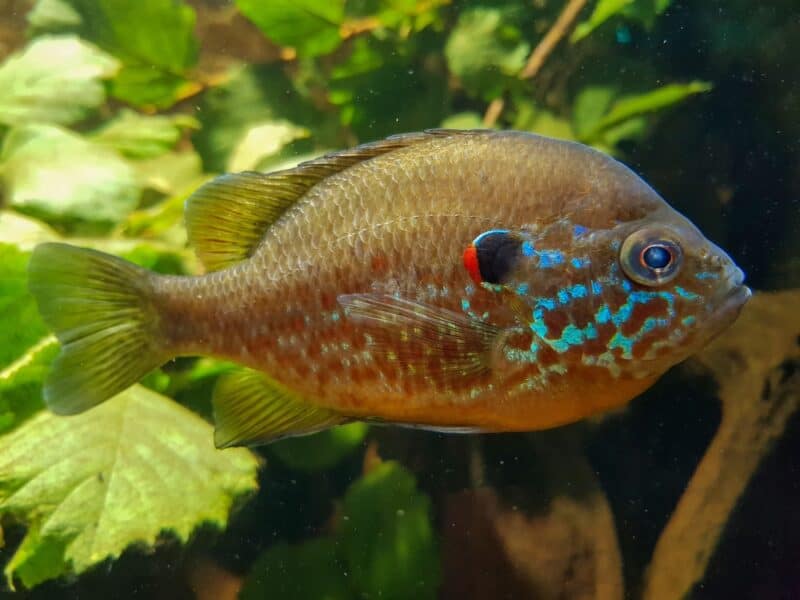
A pumpkinseed fish(Lepomis gibbosus) in your pond is guaranteed to make a statement. These fish are beautiful to look at when they swim across the water, with bold coloration and quirky patterns.
They come in different sizes but are often 3-8 inches long. Pumpkinseed fish like to swim and be active throughout the day, so you should give them lots of space in the pond. It’s also a good idea to buy a few of this breed, so they have some company in the pond.
The temperature should be 69-75°F for pumpkinseed fish.
How to Care For Your Pond Fish
As a general rule, you should have a robust and secure filtration system when looking after fish in a pond. Otherwise, your fish could get sick. Every pond should have a skimmer and biofilter.
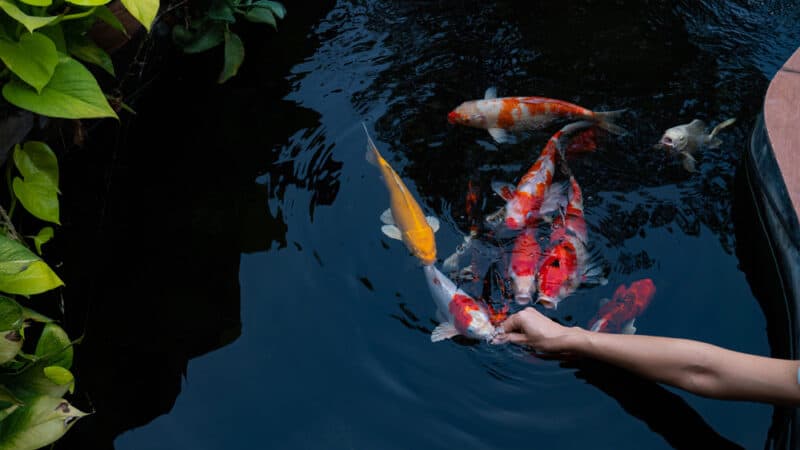
The skimmer will pull out the physical debris like leaves, sticks, and other items that can be dangerous for fish. The biofilter will clear out the bacteria and ensure correct water levels. You can tell if the water is clean by looking at it. It should be clear, not murky or green.
You should feed your fish once a day during the warm seasons in spring and summer. But they might need a little extra food during winter. A simple commercial fish feed is perfect for your fish, but some species enjoy snacking on pond plants.
Check the individual requirements for your particular species’ health and diet, so they have everything they need when living in your pond.
Raising fish in your pond is not just about the appearance; these little guys can be friendly and enjoy taking food from your hand. If you have children, this is an fun way to get them involved with their natural surroundings and encourage them to be curious about wildlife.
